Mosquito
Mosquito
The name mosquito comes from a Spanish word meaning “little fly.” There are over 3,000 different mosquito species, with India hosting four of the deadliest ones. Mosquitoes, which have thin bodies made up of three sections and two wings, typically do not grow longer than 6 inches.
Mosquito Behaviours
Mosquitoes are common pests that are found in many areas of the world. Many people believe that the reason mosquitoes bite humans is because they need to feed on human blood, but this is not true. Mosquitoes feed on plant nectar, similarly to bees. Female mosquitoes suck blood in order to help with the development of their eggs prior to laying them. Male mosquitoes do not feed on blood at all. Although mosquitoes can be very annoying to humans and, at times, dangerous because of their ability to carry and transmit diseases, they play an important role in the ecosystem because they serve as a food source for many organisms.
Aedes Mosquito
Found in tropical areas, these mosquitoes are known to be the most notorious when it comes to spreading diseases. Aedes mosquito bites can cause Yellow Fever, Dengue, West Nile, and Chikungunya and Zika. They are usually found in floodwater pools, wetlands, and inside natural or artificial containers. Though these mosquito species can be found outside in abundance, they can readily enter homes at any time of the day.


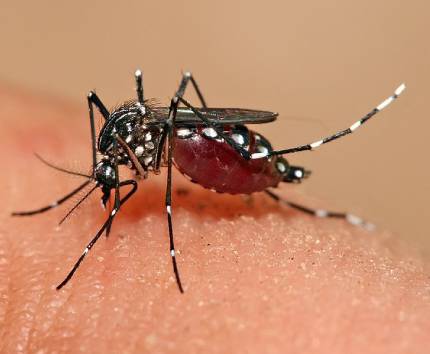


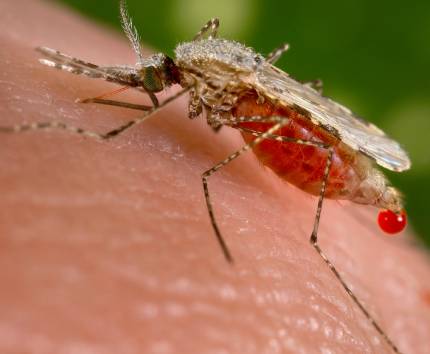
Anopheles
They are popularly known as marsh mosquitoes and this genus consists of about 460 different mosquito species. They are the primary vectors of malaria. Adult mosquitoes of this genus are always ready to feed on humans. The Anopheles mosquito is responsible for the deaths of millions of people globally. Also, malaria has been the number two cause of the maximum number of deaths in the world.
Culex
Culex pipiens mosquitoes are most active after sunset but they are also found to be daytime biters. Species of this genus can be found breeding in freshwater resources such as pools, ponds and even sewage treatment plants. They are responsible for the spread of West Nile Virus and St. Louis Encephalitis.


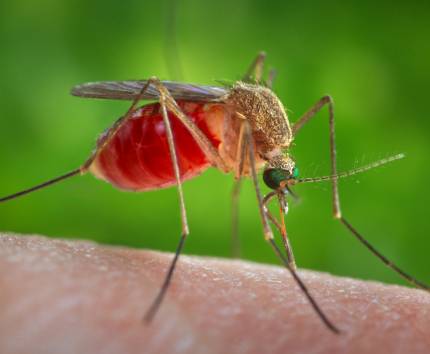


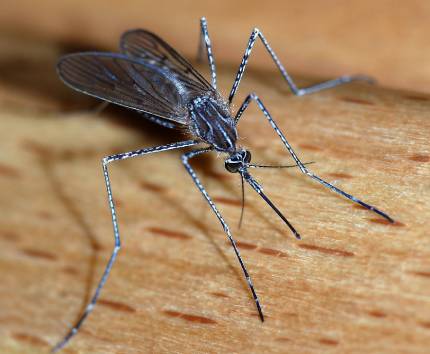
Culiseta
Adapted to the cold climate, these mosquitoes do not feed on human beings and hence cannot transmit the virus Eastern Equine Encephalitis. It feeds actively on mammals and birds. They can be found inside the roots of fallen trees and wooded swamps.
Mansonia
Found in black or brown with sparkling wings and legs, these mosquitoes are mostly bigger than others. Transmitting encephalitis can be found in most parts of the world. They are active in the evening.


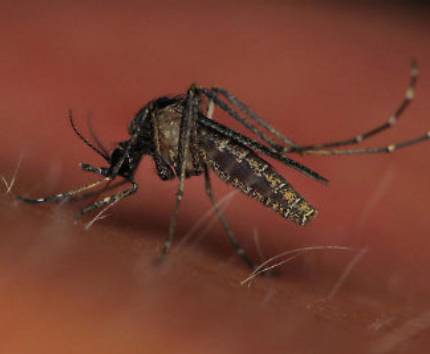


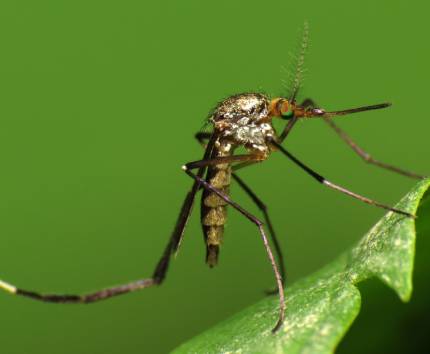
Psorophora
Commonly known to feed on large mammals, including humans, mosquitoes of this genus are considered to be intensely aggressive. This genus is known to travel long distances in search of blood meals. They have their breeding grounds in roadside ditches, woodland pools, and pastures.
Toxorhynchites
They have their breeding grounds inside tree holes and artificial containers. Mosquitoes of this genus don’t pose any risk to humans and they feed on plant nectar. Interestingly, lar-vae of these mosquitoes prey on the larvae of other mosquitoes in their region.


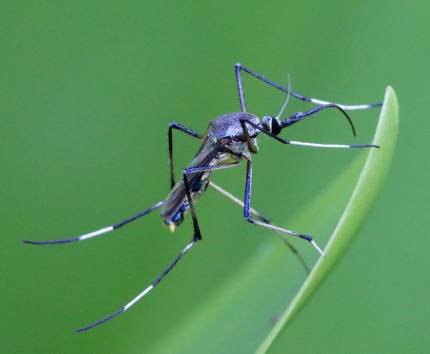


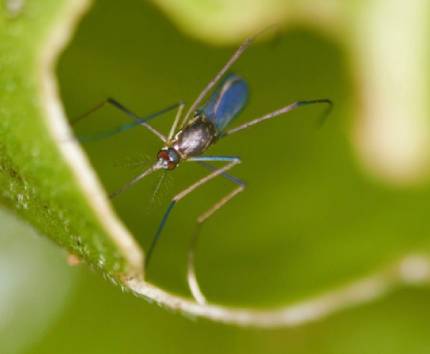
Mosquitoes of this genus are closely associated with pitcher plants and bromeliads. They are not carriers of any kind of virus and hence they aren’t of any risk to humans unless they travel into their area.
Our Truly Integrated Mosquito Control Service uses a three-zone protocol: Green Zone targets mosquito breeding areas, Yellow Zone focuses on entry points, and Red Zone is the last defense against indoor infestation. We effectively protect your home and office from mosquito threats with our comprehensive pest control for mosquito program. Now, no more worrying about how to get rid of mosquitoes, simply contact Truly Nolen India for the best pest control services.
Our Clients













Truly is present in more than 37 cities across the country, having more than 400 employees. TPS is currently serving 4000+ commercial and 10000+ residential clients, with an increasing list of clients on a daily basis.
- 915, Hemkunt Tower, 98 Nehru Place, New Delhi -110019.
© Truly Nolen 2023 . All Right Reserved. Designed By Verve Media.
